It’s almost Halloween – what better time than to read mystery stories with your Spanish class. It doesn’t have to be a novel; it could be one chapter, a short story, a TPRS or CI story – whatever you feel comfortable with! Last year, my Spanish 4 Honors students read “El novio robado,” a play written for Intermediate students. It was my first year teaching this story, and we were at the very beginning of “virtual” learning. Looking back, I would have done things very differently! Here are the suggestions that I have for ANY mystery story in ANY language. To purchase a set of detective activities worksheets for Spanish class, click here.
1. Introduce “mystery” vocabulary before you begin reading
If you want your students to get the most out of the text, they need to know how to talk about the story in the target language. Words such as “suspect,” “clue,” and “disappearance” are commonly used to discuss any mystery. If they can’t say those words in the TL, then how will they talk about the story?
Start with the list of vocabulary words in Spanish, and then let your students define each term. They should work in small groups and can share their definitions with the class. You can even assign just a few words per group so they are not overwhelmed with vocabulary terms.
Then, once the list is complete, you need to review these words often. Have them easily accessible for students as you read mystery stories; you can’t just reference them once. Therefore, I recommend displaying the words in your classroom for them to see. You can create a bulletin board or word wall – made by your students! And, isn’t that the best kind of classroom decor? The kind that you don’t have to spend time making?! Each group of students must create a mini poster with their assigned word, drawing, and either a definition or sentence using the word.
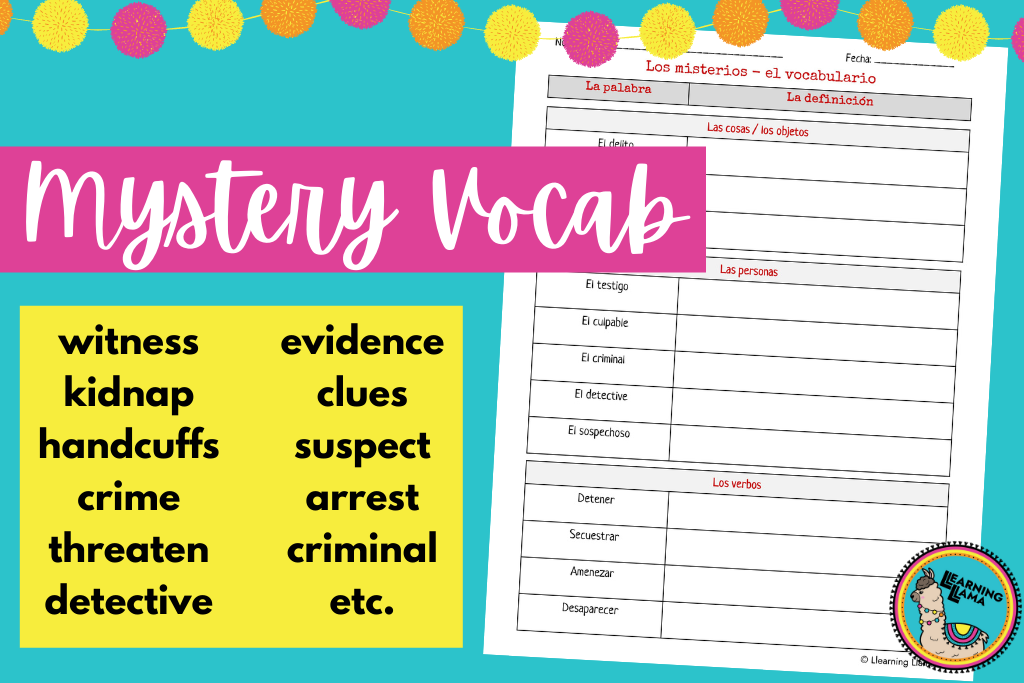
2. Engage your students as “detectives.”
When students read, they need to read with a purpose – research shows this! “Skilled readers, however, always read for a purpose” (Grabe & Stoller, 2020, p. 139). If students are just reading a story to read a story, then some may get bored and zone out; others may read just to find the answer to the list of comprehension questions. But, when students read mystery stories through the lens of a detective, they will be on the lookout for clues and suspects rather than simply reading for understanding. They will feel like they are a part of the story, trying to solve the mystery.
You will need to keep reminding them that their role in the story is the detective. This starts from the very beginning of the story, even before you read it. When you show them the title or pictures of the story, have them put their detective cap on. What do they notice right off the bat? Does anything jump out as being suspicious? Ask them what role a detective plays in a mystery and how they will fulfill that role throughout the story. Let them tell you what they need to be on the lookout for.
3. Keep a case file.
As your students act as the detectives, have them keep a detective case file. They can do this individually, in groups, or as a whole class. Provide each group or student with a manila folder and some worksheets, including a suspect list, clues list, quotes list, a detective case report, and some blank paper. You can get all of these documents in Spanish here!
Then, as they read, these worksheets serve as their annotation guides. They should be adding to the suspect list every time they encounter a new character that seems suspicious. When a clue arises, students need to write it down and provide evidence for why this clue could play an important role in solving the mystery. They should also keep track of important quotes from witnesses and suspects.
On the blank paper, give them the freedom to keep track of other valuable information. Maybe they want to draw maps of where the characters have been or sketches of the suspects.
Finally, a detective case report will summarize all of their important findings from the other documents. I would save this for near the end of the mystery, after students have narrowed down their main suspect and clues. When they’re ready to solve the mystery, they should fill out a case report and then see if their report matches the ending of the story.
4. Make predictions
Students love to guess what will happen next. As “detectives,” they should already be thinking this way, but be sure to have them voice their ideas! And not just at the end of the story. Predictions can happen at any moment. Plus, their predictions may change throughout the reading, so they may want to keep track of their predictions on paper and add it to their case file! Think about when you read mystery stories or watch a murder mystery documentary on Netflix… you’re always making predictions!
5. Annotate!
This is a great opportunity to teach students how to annotate and cite sources. Encourage them to take notes in the margin of the text and use annotation symbols. Grab your free set of annotation marking bookmarks. As students read, they will use these markings to highlight when they encounter something that they love, they are confused about, is the main idea, etc.
Then, when they are ready to make predictions or suggest a suspect, they can go back to reference their text annotations. For example, when suggesting a suspect, they need to defend their reasoning with textual evidence. Annotating makes this possible.
6. Analyze tone and speech
Oftentimes, a character’s tone of speech speaks louder than the words they are saying. When learning another language, sometimes students miss the “tone.” Have them practice reading certain lines aloud in various tones to see how the meaning can change. Choose various lines from the story and ask students to practice in a sarcastic tone, a shy/reserved tone, an angry tone, and a suspicious tone. Then, they should determine which one the speaker is most likely using.
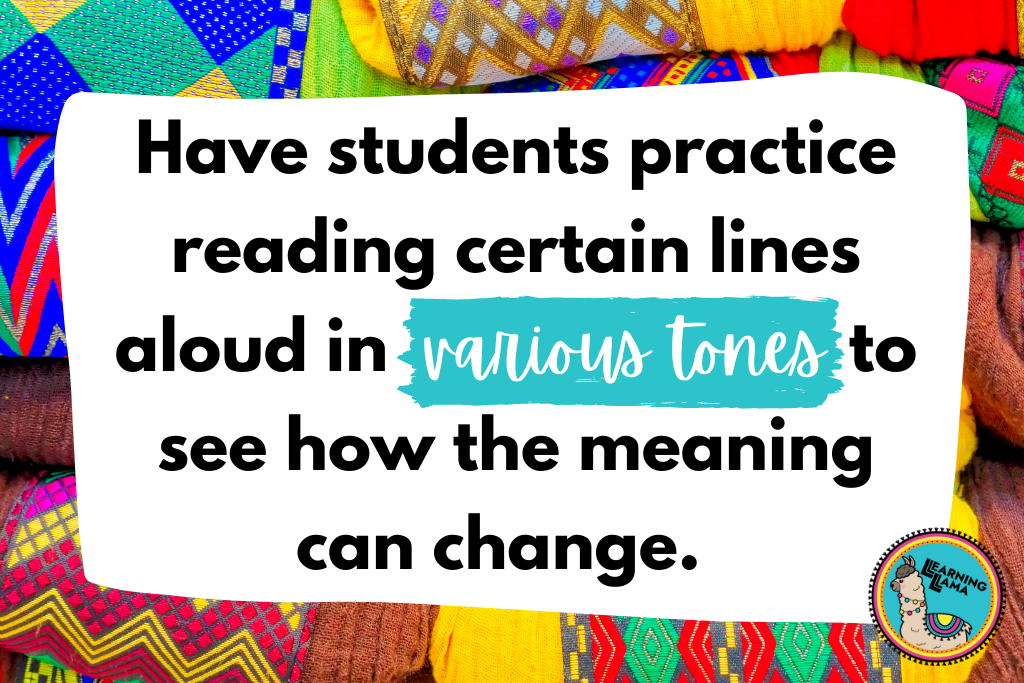
Another great way I have students analyze tone is by having them highlight certain lines and then drawing emojis next to the lines to represent how the speaker is conveying the message. This helps them as they read to keep tone in mind.
Get ready for your students to ask to read mystery stories over and over again! They will love being detectives, keeping case files, and making predictions. To purchase a set of Spanish detective worksheets, including vocabulary terms, suspect lists, a detective report, and new interview prompt, click here.
If you’re looking for ways to fill your classroom library with mystery books, check out my best suggestions for building a classroom library on a budget. I have accumulated tons of Spanish books over the past few years for very little cost!
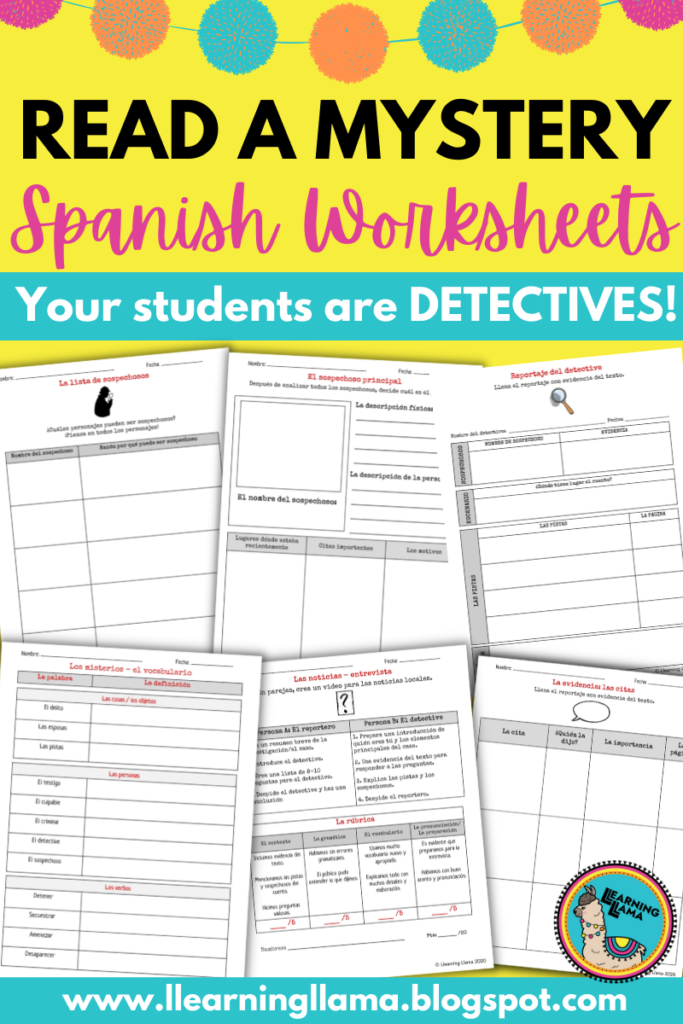


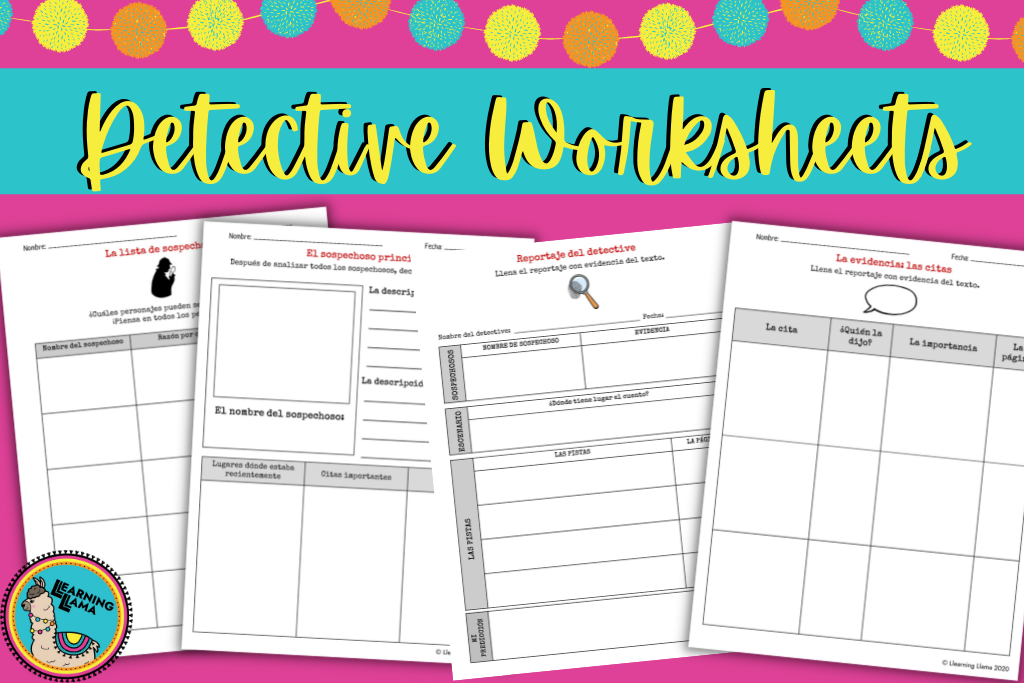
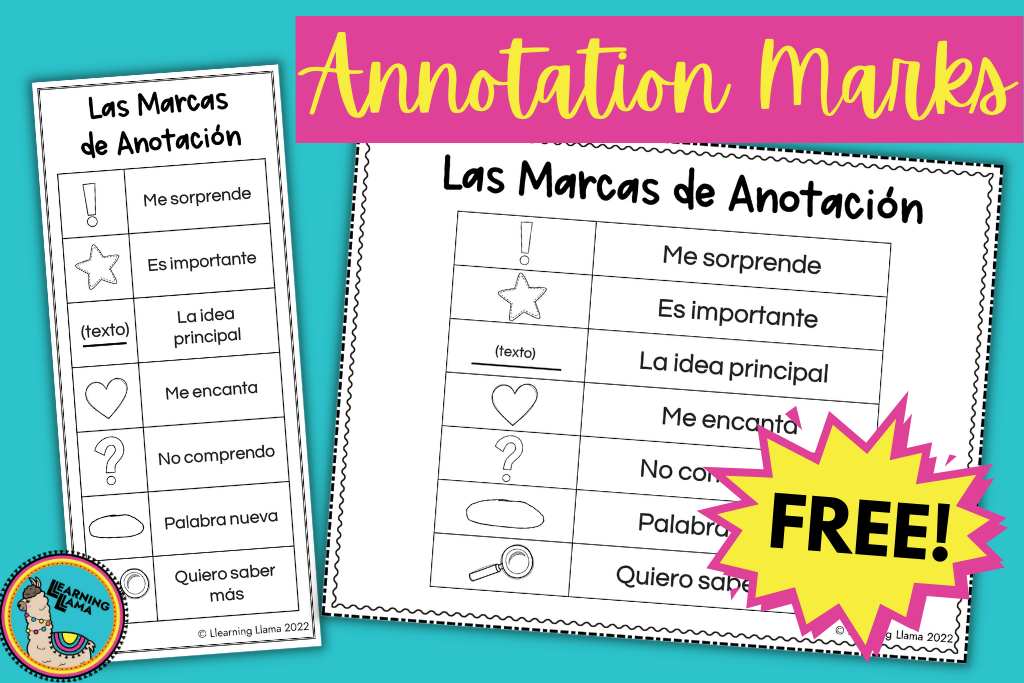




One Response